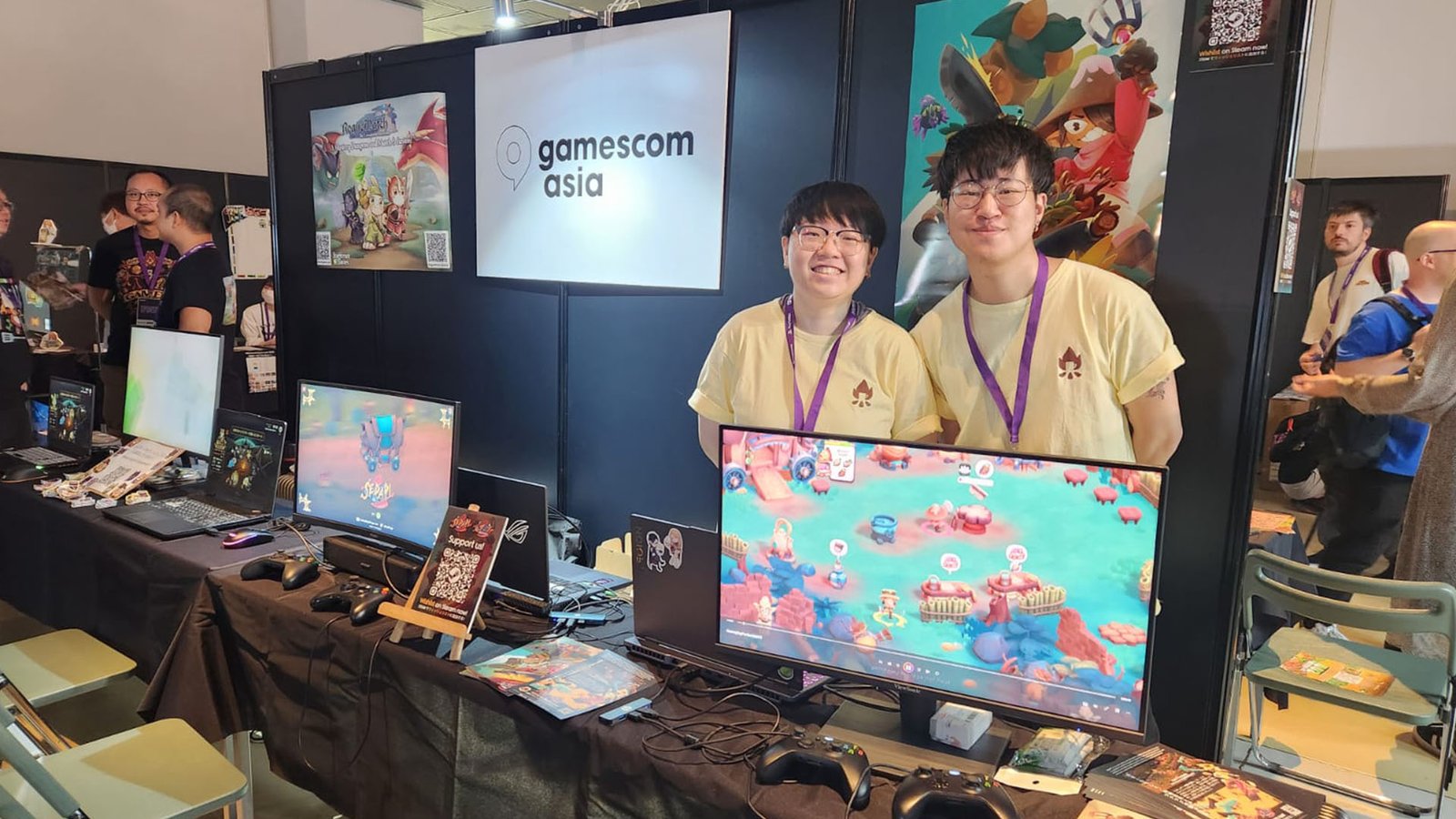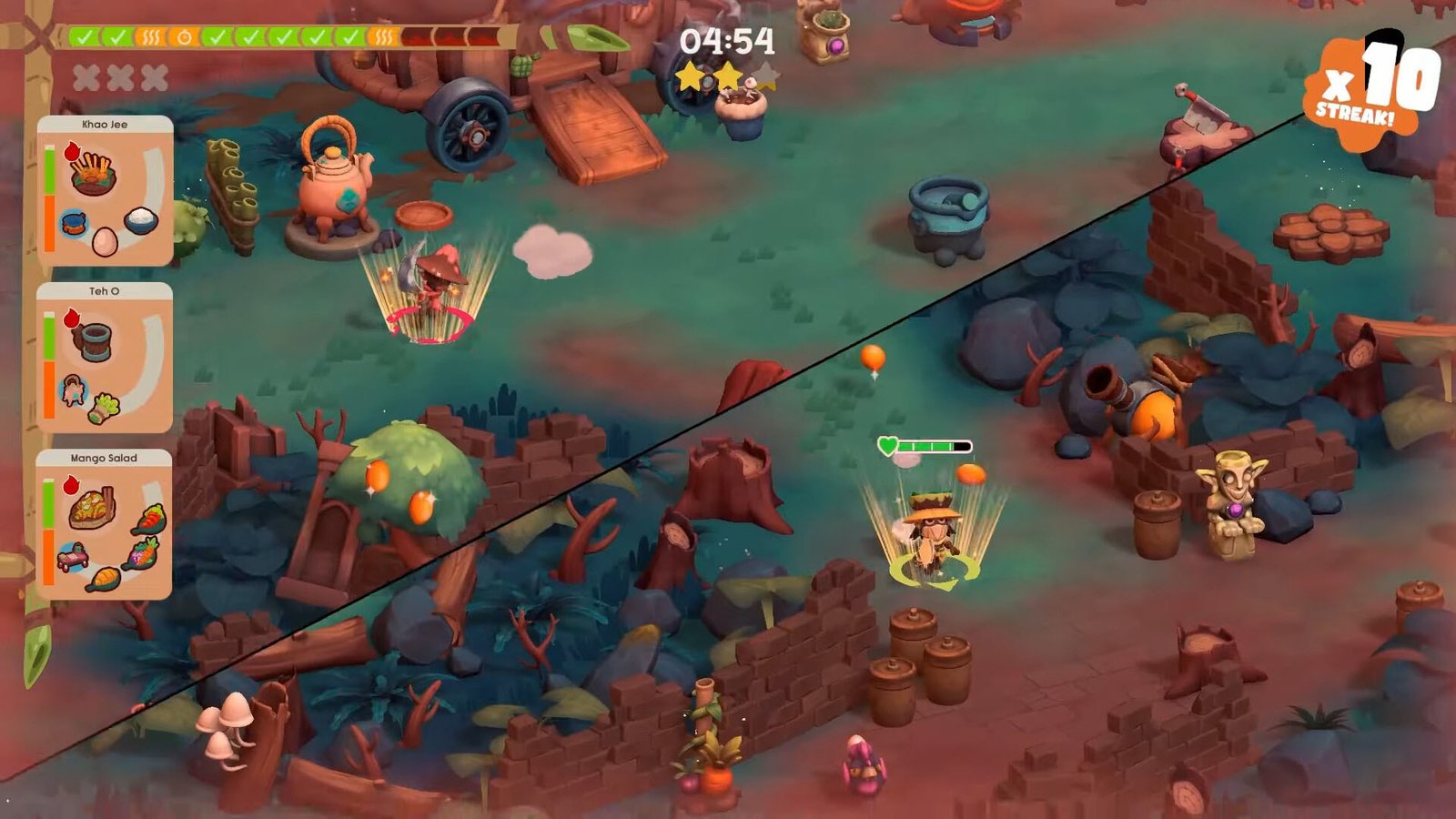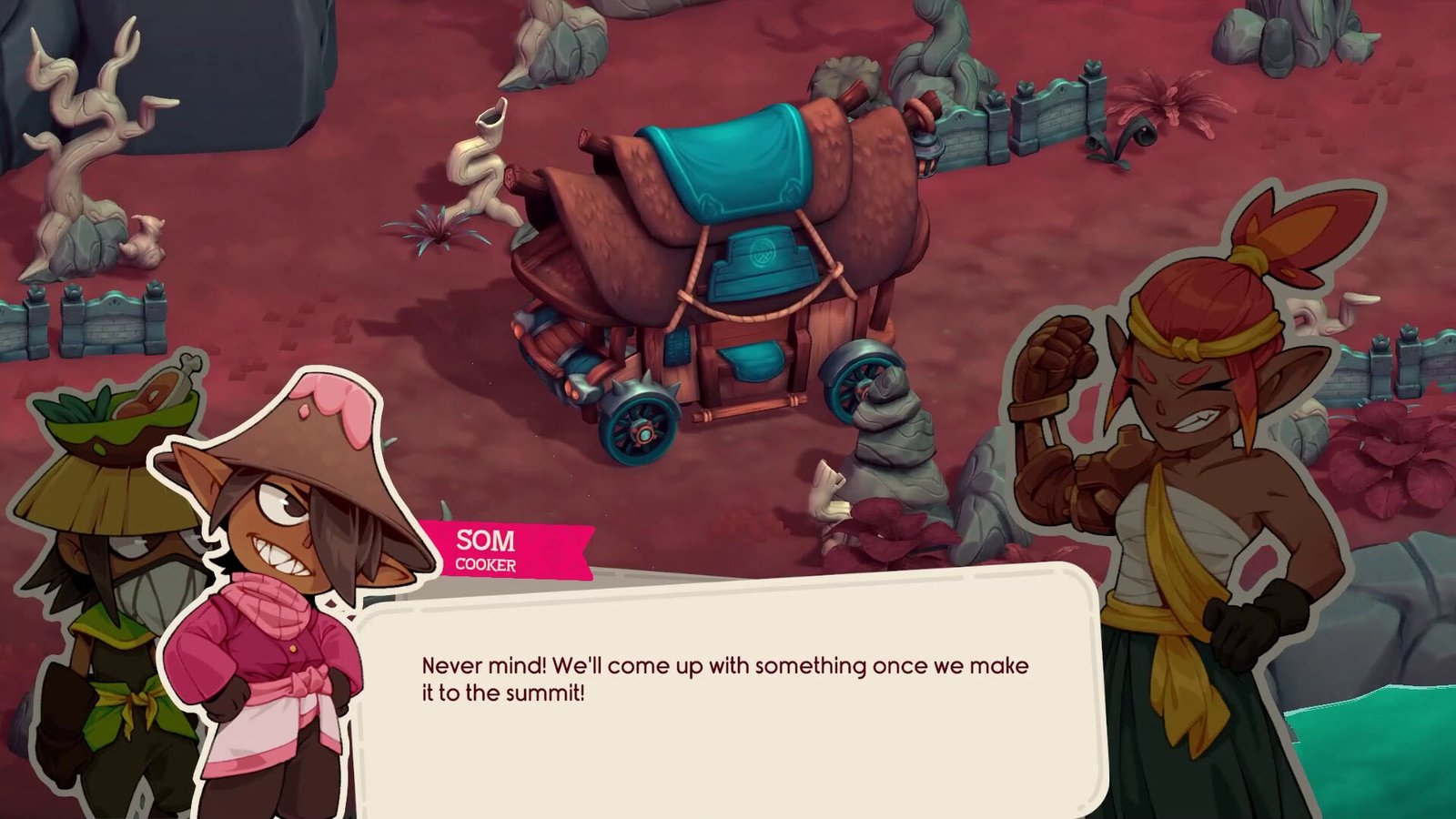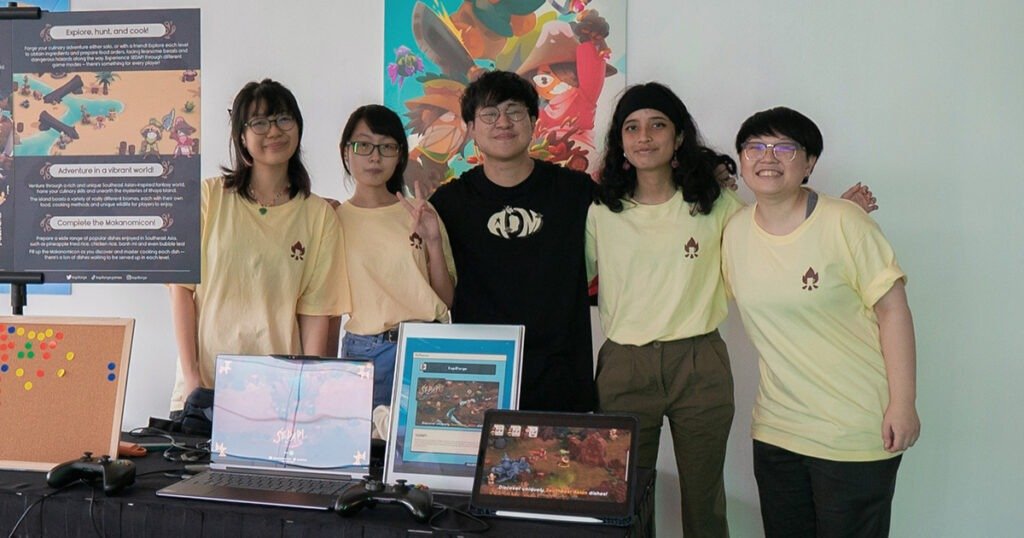Table of Contents
For many indie developers in Singapore, shipping a game is a daunting prospect. For kopiforge, the journey of turning SEDAP! A Culinary Adventure from a university project into a commercially released title has been nothing short of a trial by fire.
Initially cobbled together with “a patchwork of YouTube tutorials,” as co-founder Jay Wong recalls, SEDAP! could have remained a classroom experiment. Instead, the team rebuilt broken systems from scratch and slowly transformed their project into a game fit for release on PC.
“There was no dedicated designer,” Wong says. “We were just adding features on the fly and hoping it worked. Looking back, it was chaos — but somehow we pulled it together.”
Against all odds, the small studio survived, adapted, and grew — a feat in a local industry where indie studios often fold before their first launch.
Surviving Criticism and Growing Stronger
The launch of SEDAP! wasn’t without turbulence. While major media reviews leaned positive, negative player reviews hit hard. “It was disheartening,” Wong admits, though he stresses that some criticism was constructive.
One common thread was the difficulty of later levels, particularly in single-player mode. Wong concedes this point: “It wasn’t even supposed to have single-player at first. We added it late to cater to more people, but it backfired. Some called it an afterthought — and they weren’t wrong.”
Now, the team is addressing that criticism through a major balancing patch. Wong has been personally replaying the game solo to “understand the pain and frustration” players reported.
For Art Director Nadiyah Toi, feedback was more visual but equally crucial: “Players pointed out things like cluttered props or readability issues. It sounds small, but it means combing through levels and polishing details we’d overlooked.”

Rather than being discouraged, Kopiforge embraced the lessons. “It’s actually a miracle to ship a game and sell decently well for our first project, with no prior industry experience,” Wong reflects. “I’m grateful people care enough to give feedback. That’s what keeps us going.”
Breaking Out on Consoles
While refining SEDAP! A Culinary Adventure, the studio has also set its sights higher. Console versions are coming soon, including a physical Nintendo Switch edition.
Holding a boxed copy with the Nintendo Switch logo is a dream fulfilled for the team. For Toi, who grew up on console gaming, seeing the game running on a PlayStation 5 felt surreal: “Even small things, like seeing the trophy pop up, made me feel like we’d made it.”
For kopiforge, it’s a milestone twice over. On one hand, the team is self-publishing SEDAP! on Xbox and PlayStation. On the other hand, they’ve struck a deal with Japanese publisher Indie Tech Games for a physical Nintendo Switch edition, complete with goodies like a recipe booklet and exclusive dishes.
“Holding a box with the Nintendo Switch logo on it — that’s surreal,” Wong says. “I might even fly to Japan to buy a copy myself.”
For Toi, who grew up on PlayStation, the moment was deeply personal: “Seeing SEDAP! running on PS5, seeing the trophy pop — it felt like, wow, I made it. Even small things like having our game on the PlayStation home screen is amazing.”
The significance isn’t just emotional. In a regional market where indies often get lost without strong publishing backing, SEDAP!’s console release signals kopiforge’s determination to stand shoulder to shoulder with bigger names.
Lessons in Building Games in Singapore
Kopiforge’s story also reflects the realities of indie development in Singapore — and the sheer difficulty of surviving here.
“You might love and believe in your product, but not everyone is going to,” Wong notes. “Securing funding is extremely difficult, and the industry moves so fast that half of what we learned in school isn’t even relevant anymore.”

Toi adds that the process was transformative despite the struggles: “If I was at another studio, just making art assets, I don’t think I would have grown this fast. Working on SEDAP! aged me ten years in three — but the experience was insane. I’d still do it again.”
These sentiments echo the wider indie scene. While Singapore has produced breakout successes like Cat Quest (The Gentlebros) and seen promising efforts from peers like Mixed Realms, kopiforge’s resilience stands as proof that even small teams can carve out space if they endure.
What Comes Next
SEDAP! isn’t the end of the journey. kopiforge is already sketching the outlines of its next project, with Toi stepping into the role of game director.
This time, the team is steering toward a single-player, puzzle-driven title exploring themes of “recklessness, chaos, and destruction.” Crucially, they are deliberately avoiding the technical and design complexity of multiplayer.

“We don’t want the same burnout cycle,” Wong says. “The next project is tighter in scope. We’re building with what we have and working smarter.” For Toi, the shift is both exciting and daunting: “This is the first time I’ll lead as game director. It’s scary, but it’s also a chance to take everything we learned from SEDAP! and do better.”
It may be early days, but kopiforge’s journey so far suggests that this young studio — born in a classroom, tempered by criticism, and heading to consoles — isn’t just surviving. It’s building a future in one of the most challenging indie environments in the world.

